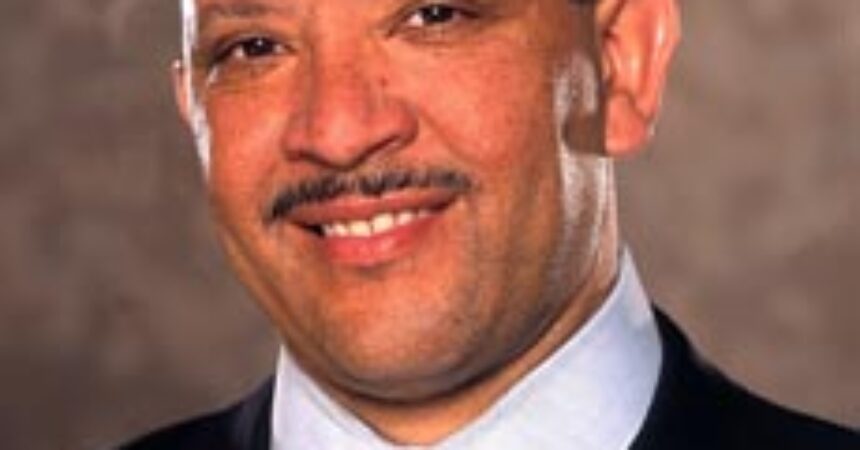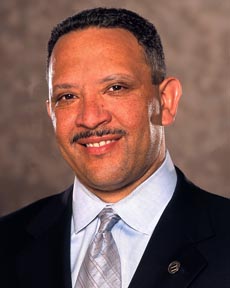
DeSantis has charted a course to the White House that cuts through the swamp of White supremacy

Ron DeSantis has clearly demonstrated that he wants to dictate whose story does and doesn’t belong. He wants to control what our kids can learn based on politics and not sound policy … He wants to say that I don’t belong. He wants to say that you don’t belong. Whose story does and doesn’t get to count. But we are here to tell him, we are America. Governor, Black history is American history, and you are on the wrong side of history.” – Florida State Rep. Fentrice Driskell
Bayard Rustin, as most students of American history now know, was one of the key organizers of the 1963 March on Washington for Jobs and Freedom. It was Rustin who introduced Martin Luther King, Jr., to the Gandhian tactics of non-violent resistance that guided the Civil Rights Movement through the 1950s and 1960s.
Because Rustin was a gay man at a time when same-sex relationships were criminalized, he often was forced to work from behind the scenes, allowing others to take the credit for his achievements. For decades, his transformational influence was downplayed and devalued. A warped history of the movement was allowed to take shape, one that historians only recently have begun to correct.
Florida Governor Ron DeSantis wants to shove the legacy of Rustin and others like him back into the shadows, perpetuating a warped history of the nation.
DeSantis’ reactionary move to ban an AP course on African American studies is loosely based on his opposition to what he calls Critical Race Theory, a legal concept taught in law schools and little understood by the general public. Right-wing activists and politicians like DeSantis have co-opted and corrupted the term to undermine any effort to confront or even to acknowledge systemic racism.
As CNN political writer Brandon Tensley noted, “Because so many Americans don’t know what CRT is, it’s the perfect tool for scaring White conservative voters with made-up problems – for mobilizing them against the racial awakening of the past year.”
The course itself is organized into four major units: Origins of the African Diaspora, including topics such as “The Strength and Reach of West African Empires” and “Intercultural Forces in African Kingdoms and City States;” Freedom, Slavery, and Resistance, which covers the period from the origins of the transatlantic slave trade to abolition; The Practice of Freedom, focused on African-American experiences since abolition including Reconstruction and the Negro Renaissance, and Movements and Debates, which examines the Civil Rights Movement, Black feminism and intersectionality, and the diversity within Black communities.
DeSantis’ feeble efforts to rationalize the ban are so vague they are essentially meaningless. “Intersectionality is foundational to CRT,” his Department of Education howled, without even attempting to explain why either concept represents a threat. His “concerns” reflect a profound ignorance – or deliberate misrepresentation – of both the curriculum and the legal theory he claims to oppose, but the ignorance is largely the point. The ban, like the ludicrous Stop WOKE Act that the course allegedly violates, is less about the details of a specific curriculum and almost entirely about weaponizing White grievance and resistance to a multicultural democracy.
DeSantis has charted a course to the White House that cuts straight through the swamp of White supremacy.
After all, if White people experience “guilt, anguish or other forms of psychological distress” as a result of acknowledging systemic racism, they might be inspired to alleviate that distress by dismantling systemic racism. That’s a terrifying prospect for people who are so accustomed to the status quo that even the slightest effort to level the playing field feels like an earth-shattering cataclysm.
It’s impossible to know whether DeSantis genuinely shares that fear. But it’s undeniable he’s eager to exploit it for political advantage. His opponent in his first gubernatorial campaign famously remarked, “I’m not calling Mr. DeSantis a racist. I’m simply saying the racists believe he’s a racist.”
Three Florida students are poised to sue DeSantis if he does not lift the ban and allow the AP African American studies to be taught in schools. But because the College Board has agreed to revise the course, it’s likely that future students will be taught a watered-down curriculum that avoids the harsh realities that cause “distress.” This injustice gives DeSantis and his allies the power not only to distort the past, but to shape a future where structural inequalities persist and racism is allowed to flourish.







